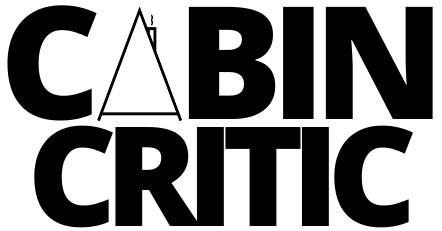Do you dream of escaping to Hawaii for a romantic camping trip in Maui? Whether this is your Hawaiian honeymoon or just an amorous adventure, we’ve got all you need to know about camping in Maui right here.
About Camping in Maui
Maui is a gorgeous Hawaiian island full of natural beauty—some of the best in Hawaii. This includes the famous Haleakala Crater within Haleakala National Park (which offers camping options), the scenic Road to Hana, and the lush and peaceful town of Haiku.
And of course, there are also windswept beaches and rugged coastlines along the Pacific Ocean. If you go to Maui any time between November and May, you can see humpback whales migrating. And we can not talk about Maui without mentioning that Hawaiian food is some of the best food in the world.
Camping in Maui is very popular. There are multiple campgrounds in Maui to choose from. Maui offers seven different climate zones and a range of diverse terrain, so there’s something for every type of camper.
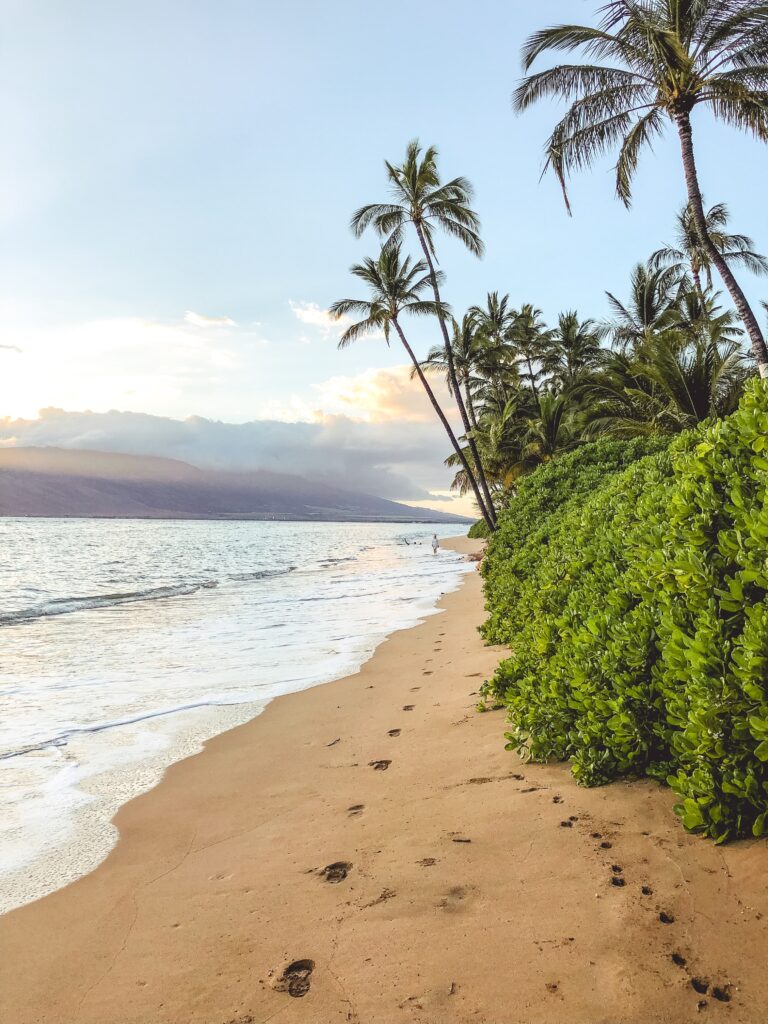
Can you camp anywhere in Maui?
Technically, camping in Maui is officially allowed only in campgrounds. However, it is legal to camp on a beach if you are fishing (as long as there are no signs posted there against camping). But don’t pretend to fish just for the sake of camping; that is not appreciated by Hawaiians.
You will need a camping permit, wherever you camp in Maui.
No camping is allowed at Ahihi-Kina’u Natural Area Reserve, Honolua Bay Marine Reserve, and Oneloa (Big Beach) state park.
It’s illegal to sleep in your car in Hawaii unless you have a camping permit, so make sure you don’t do that.
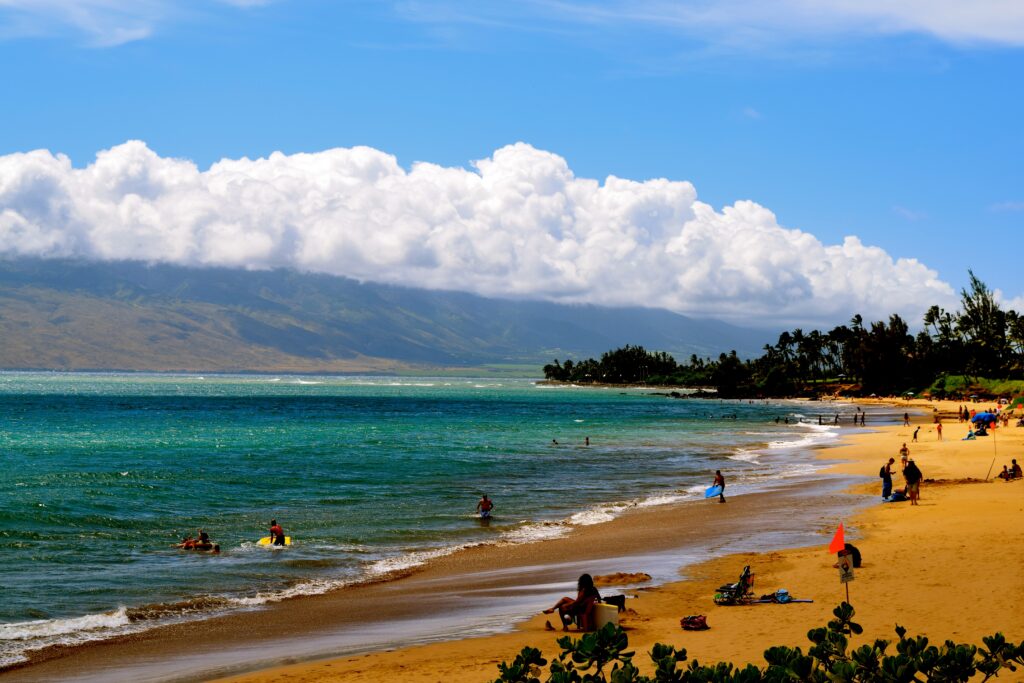
Can you camp on a beach in Maui?
Yes, you can camp on a beach in Maui! In fact, you can camp on a black sand beach in Maui! There are some great campgrounds in Maui that feature beach camping; see “Maui’s best campgrounds” below.
Is camping safe on Maui?
Yes, camping is safe on Maui, as long as you follow some basic guidelines. Don’t camp where you’re not supposed to; make sure to obey all rules and posted signs, and get necessary permits. If there’s no water source where you camp, bring plenty of water so you don’t get dehydrated, and be sure to have food on hand at all times.
Also, if you’re wilderness camping—especially at high elevations—take the usual safety precautions. Be aware that these sites are remote and without facilities; medical help is pretty far away and not easy to get to. So be careful and pack a survival kit and first aid kit.
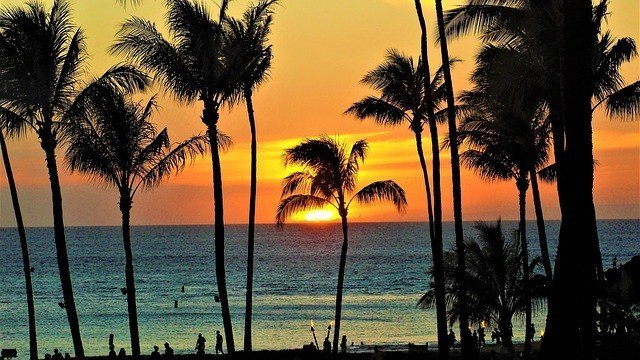
How much does it cost to camp on Maui?
The cost to camp on Maui ranges. Most Hawaii state parks cost about $5 a night for camping permits. Public cabins cost about $100 a night for non-residents, while private cabins can go up to $1500 a night. Campsites and tents are less expensive, around $20-$30 a night. A camper van permit in Wai’anapanapa State Park is $20 a night.
Is there free camping on Maui?
You can free camp on Maui in certain areas.
There are places to camp for free in Haleakala National Park, once you pay the $5 per night park fee. There is one RV-accessible campground in the park; it does not have any hookups.
You can also free camp in Papalaua State Wayside Park close to Lahaina Town, but you do need a permit to stay overnight, and camping on Tuesdays and Wednesdays is not allowed.
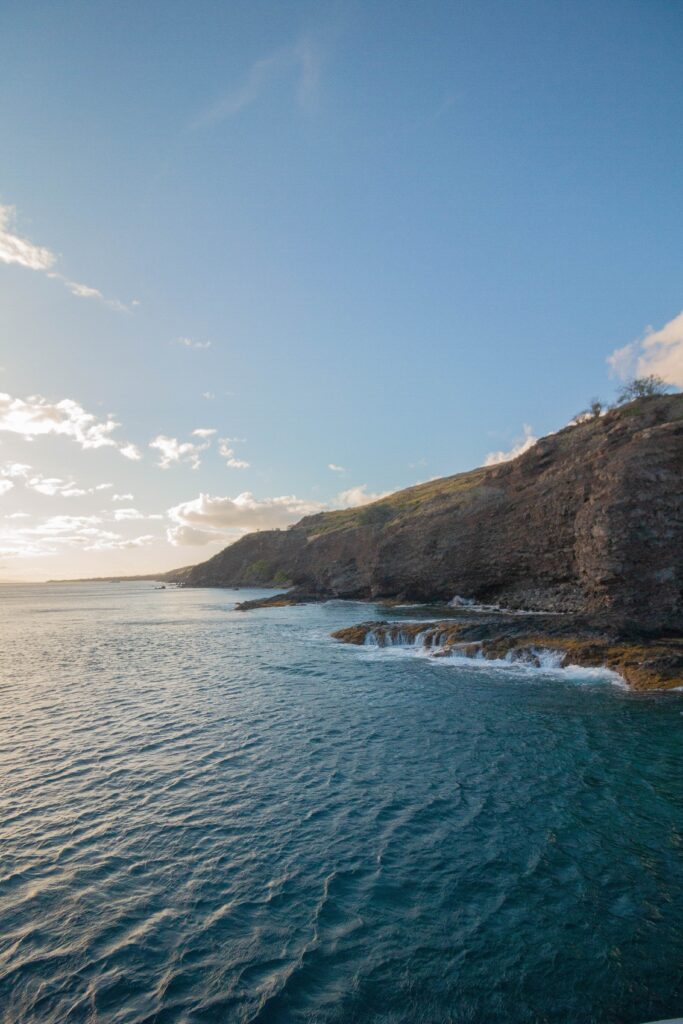
Where can you camp overnight in Maui?
There are several types of campgrounds on Maui: Haleakala National Park (federal), county, state, and private. Read on to learn more about the best places to camp in Maui.
Maui’s best campgrounds
Haleakala National Park
Haleakala National Park is a very popular place to camp on Maui. Visitors say that watching the sunrise there is a magical experience. You can also hike, see the bamboo forest, spot rare native birds, and check out the crater. There are plenty of activities in the park, such as guided hikes, horseback riding, talks, cultural demonstrations, and ways to volunteer.
There are two drive-in campgrounds in Haleakala National Park on Maui. One is at sea level (Kipahulu) and one is at 7,000 feet (Hosmer Grove). Both have picnic tables, BBQ grills, and pit toilets. Camping here is first come first serve and free, but you will need to pay a fee to get into the park. Reservations here are made in person. The park doesn’t have any food or gas facilities within it, so stock up in Hana before you come.
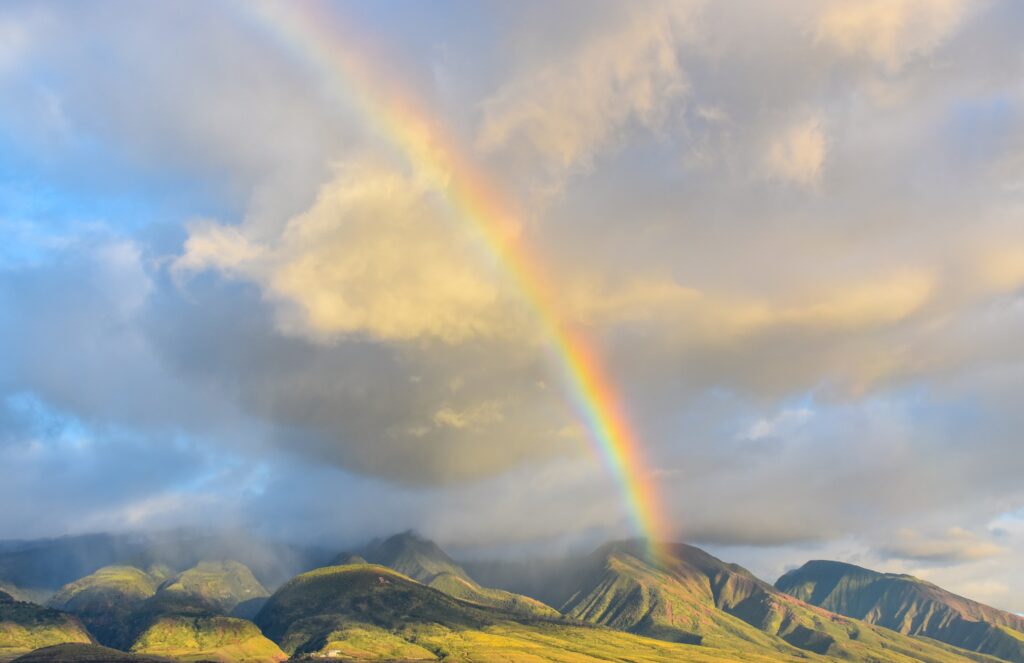
Kipahulu is a great spot for hiking and ocean access, and you can swim in a group of freshwater pools just 10 minutes from the campground. There are also waterfalls. It’s a wonderful place to watch the sunrise over the Pacific.
Hosmer Grove is a small cluster of trees and grass surrounded by a volcanic landscape, close to the Haleakala summit. This is a fantastic spot to watch the sunrise over the mountain. This camping site has drinkable water. FYI, it can get cold here because of the elevation.
There are also three hike-in spots in Haleakala where you can camp: Holua, Paliku, and Kapalua. Only experienced hikers and wilderness campers should try these sites, as they are quite remote and you can encounter heavy rain, high winds, and temperatures below freezing. If you go, though, you might see the endangered Nene bird.
You can camp in a tent with a free permit at Paliku and Holua, or in a cabin at all three sites. Cabin reservations are available up to 6 months in advance, for a flat fee per night. They don’t have electricity but do have a wood-burning stove. They also have 12 bunks and cooking utensils and dishes.
County Campgrounds
You can camp inexpensively at county campgrounds, scattered about the island. Permit prices range depending on the day of the week, and there’s an extra charge for dogs.
The most easily accessible county campground is Papalaua Wayside Park. It’s just off the main road, so you may have some traffic noise, but you’ll also be steps from a beautiful beach. There are portable restrooms and picnic tables here, but no other facilities.
This is a fantastic place for easy swimming, snorkeling, kayaking, surfing, or just exploring the natural beauty. FYI, camping here isn’t allowed on Tuesdays and Wednesdays. This campground is just about 3 miles from Camp Olowalu (see below).
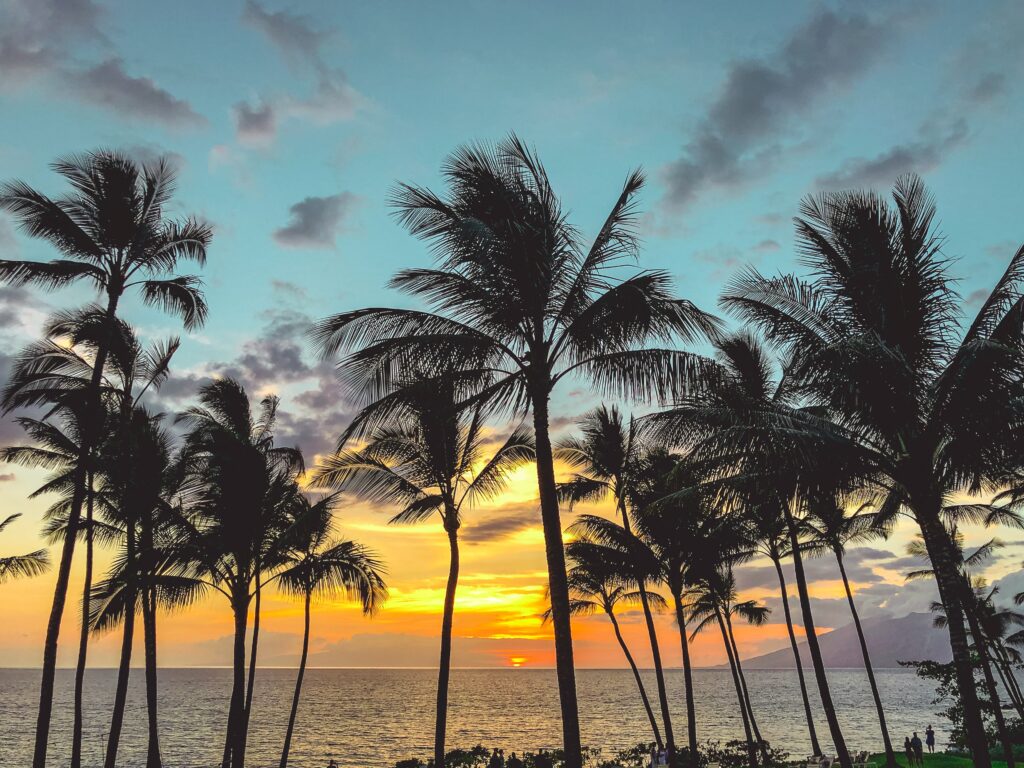
State Campgrounds
There are two state campgrounds in Maui. These are inexpensive but offer a lot for the money. You can reserve online up to 90 days in advance. The maximum stay in any one park is 5 consecutive nights. FYI, camping in your vehicle is not allowed at Hawaii state park campgrounds, except for Wai’anapanapa.
Wai’anapanapa State Park is just 10 miles from Hana and features a black sand beach, freshwater caves, blowholes, and a lava arch, plus all sorts of wildlife including seabird colonies. This Maui campsite offers drinkable water, showers, restrooms, and cabins along the shoreline You can hike from here to Hana along Hawaii’s ancient coastal trail. This is the only state park in Hawaii that has an area designated for camper vans.
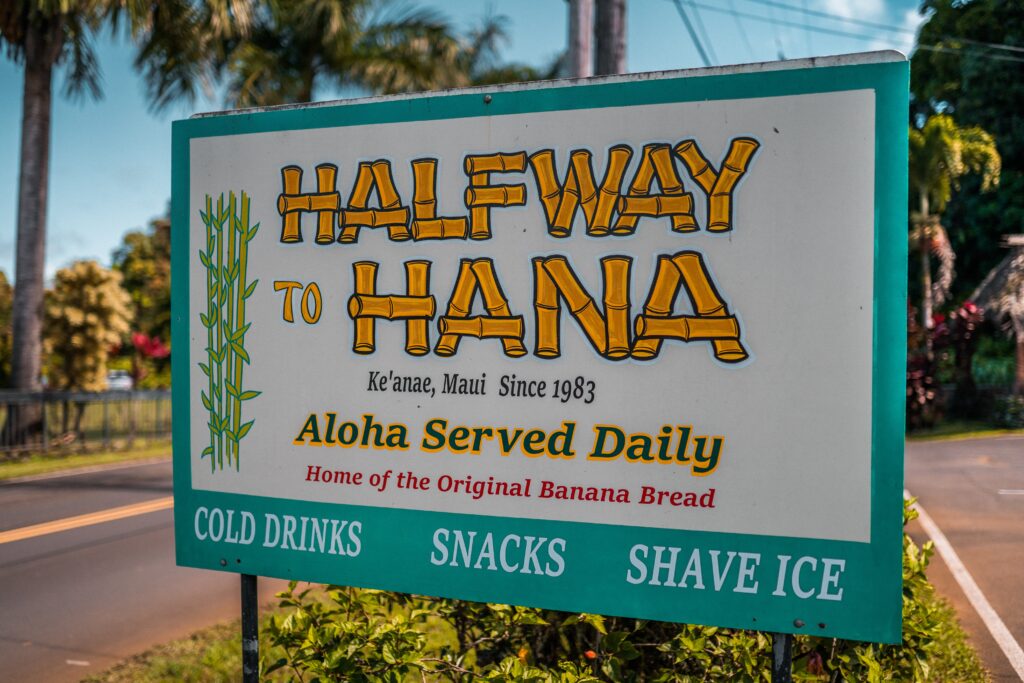
Polipoli State Park sits at 6200 feet in the Kula Forest Reserves and features redwood trees. It’s a great campsite for hiking, biking, and trail running, and has restrooms and cabins. It is currently closed for upgrades to the sewer system.
Private Campgrounds
One of the best private campgrounds in Maui is Camp Olowalu.
Camp Olowalu is located a few minutes south of Lahaina, just off Honoapiilani Highway, in a protected cove with a beach. This is a great campsite for kayaking, paddleboarding, and snorkeling, plus you can whale watch during the winter. You can also hike to the Olowalu Petroglyphs.
This affordable Maui campground offers drinkable water, restrooms, showers with hot water, and cabins, as well as BBQ grills, picnic tables, WiFi and charging stations, an outdoor dishwashing station, and a fire pit.
You can camp here in a cabin, at a campsite, in your vehicle, or in a Tentalow. These are raised platforms with tented tops and sides (featuring mesh windows), plus twin beds, a sink, a cooler, Adirondack chairs, and private outdoor hot and cold showers.
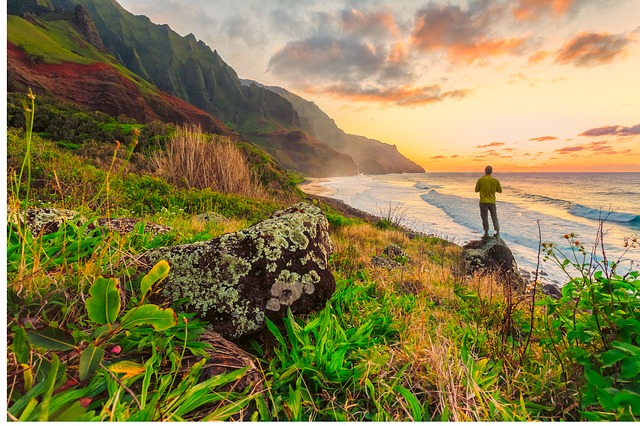
What to Pack for Camping on Maui
Camping on Maui is much like camping in any outdoor setting, so your packing list will be similar. However, you’ll want to consider whether you’re camping at a beach or in the wilderness, and what elevation your campsite will be.
For any camping on Maui, you’ll want to bring a backpack, plastic bags, hiking shoes, extra socks, food, reusable water bottles, plenty of water, water filter and/or treatment, first-aid kit, survival kit, medications, sunscreen, sunglasses, flashlight, map, sleeping bag, knife, and rain gear.
Wear layered clothing; bring a bathing suit and towel if camping on the beach. Water shoes are a good idea too, as shorelines can be rocky. If going to a high elevation, be sure to pack a warm jacket and possibly an extra blanket. If you’re camping in a cabin on Maui, check to see if linens are provided; you may need to bring your own.
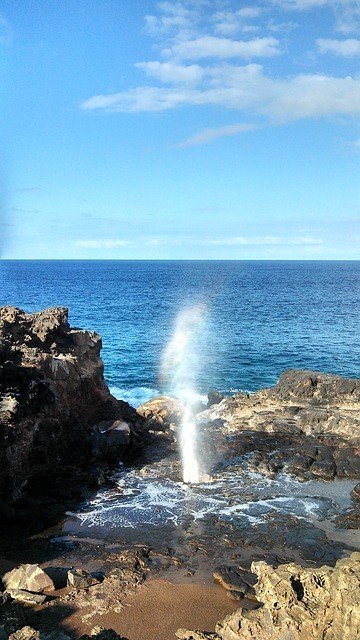
Essential Tips for Camping on Maui
- Plan your route ahead of time and bring a map. Don’t rely on your cell phone; you may not have service.
- Be sure to tell someone where you plan to go and when you will return.
- Make sure you bring the equipment that’s best for the type of camping you’re doing (see above).
- Wear sturdy hiking boots and breathable socks. Bring extra pairs of socks.
- Bring rain gear and cold weather gear and watch out for weather changes.
- Dress in layers.
- Put everything in plastic bags to avoid it getting wet from the ocean or rain.
- Don’t drink water without treating it first.
- Bring emergency supplies, survival gear, and a first aid kit so you’re prepared for difficulties.
- Be aware that there is no cell phone coverage in many areas.
- Be sure to bring plenty of nonperishable food with you.
Now that you’ve learned all there is to know about camping on Maui, what do you think? Are you ready to plan your romantic Hawaiian camping adventure? Let us know in the comments!
